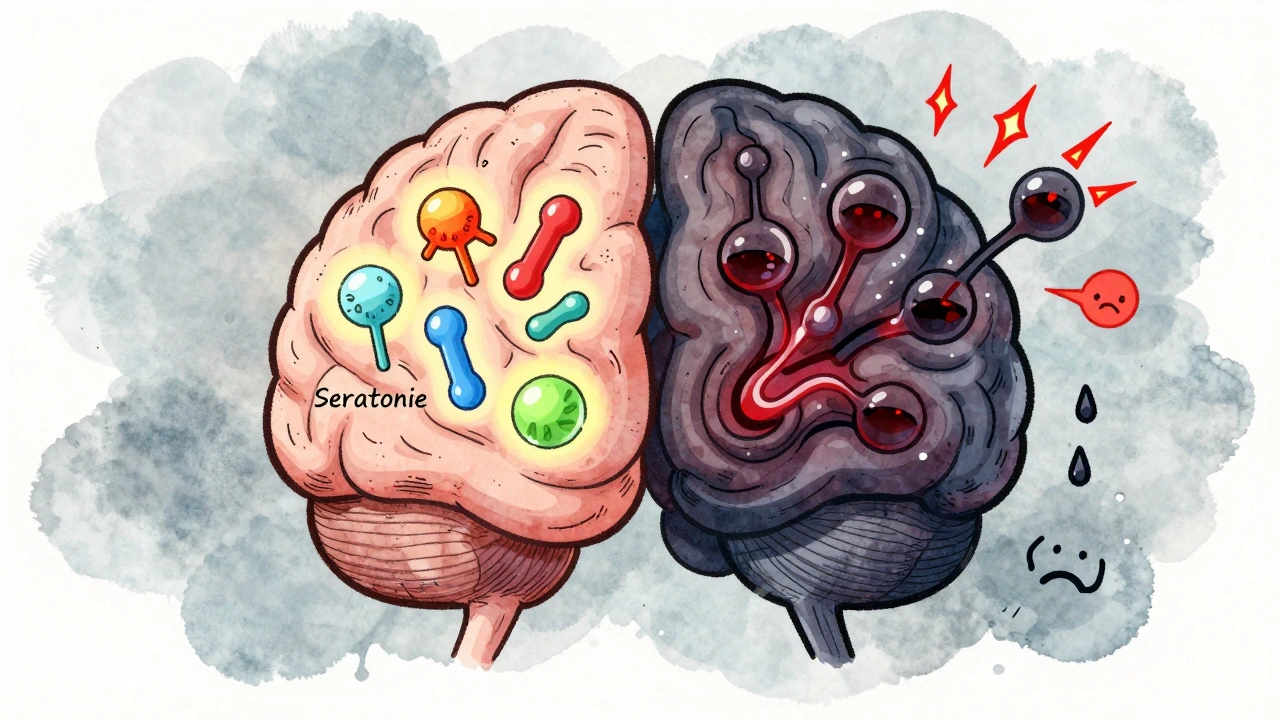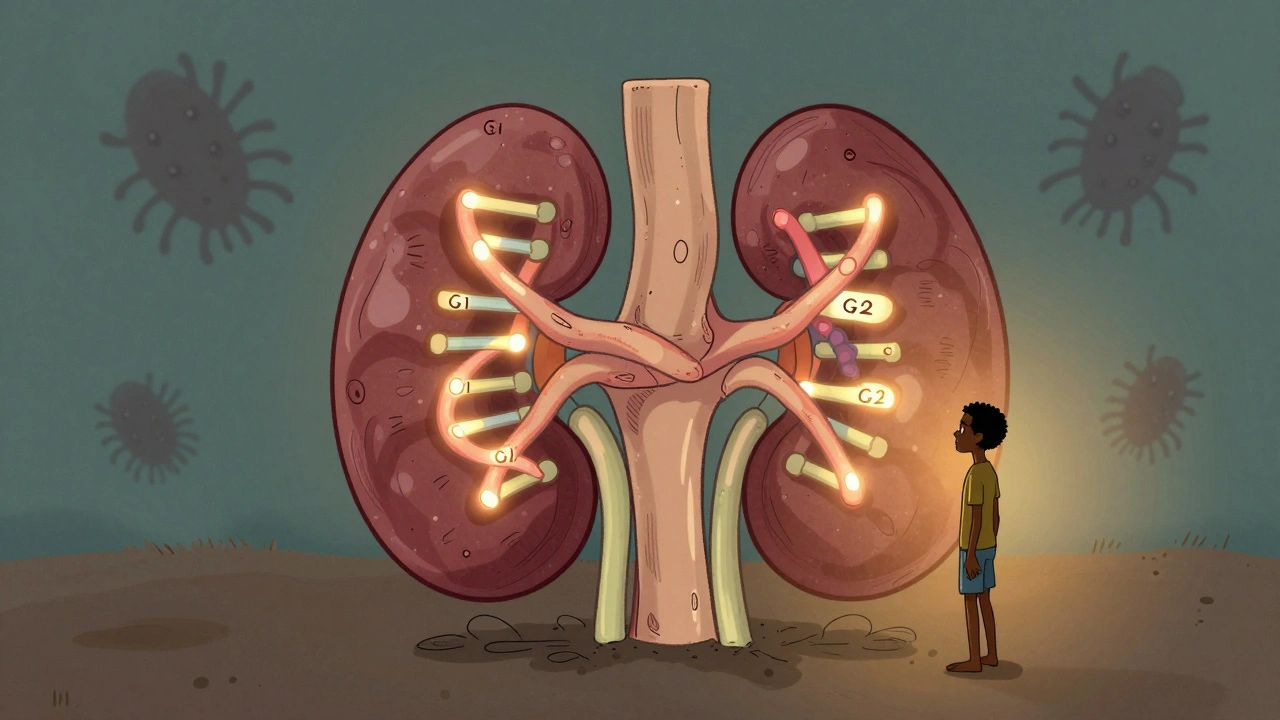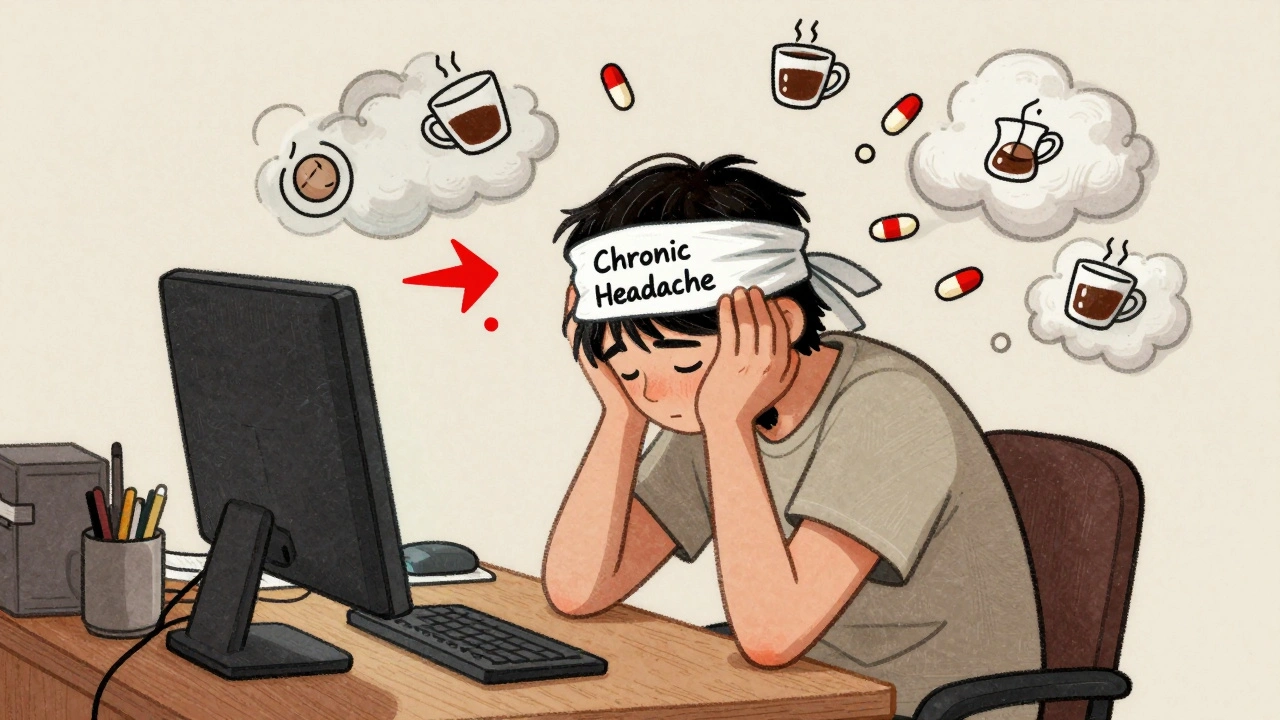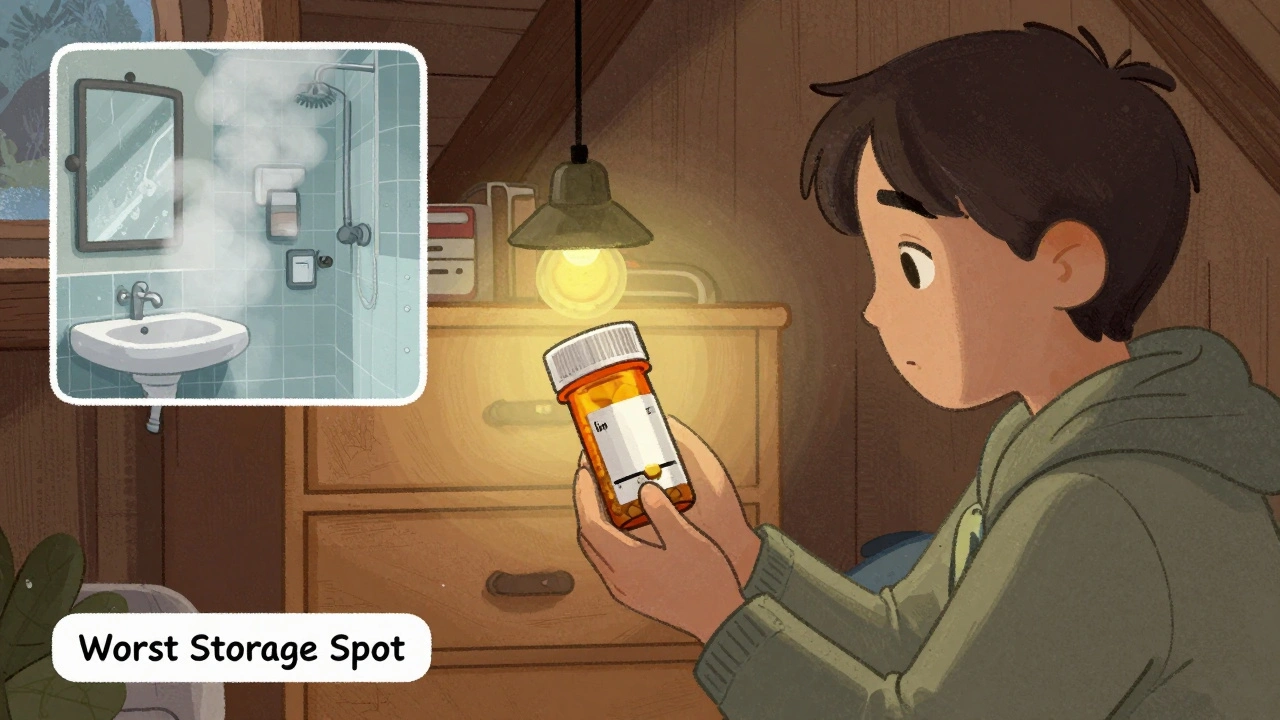Athlete's Foot Treatment: Best Remedies, OTC Options, and Prevention Tips
When you’ve got that burning, itchy, peeling skin between your toes, you’re not just dealing with discomfort—you’re fighting athlete's foot, a common fungal infection caused by dermatophytes that thrives in warm, moist environments like locker rooms and sweaty shoes. Also known as tinea pedis, it’s not just embarrassing—it’s contagious and won’t go away on its own. This isn’t a one-size-fits-all problem. Some people swear by antifungal sprays, others need prescription pills, and a lot just need better foot hygiene. The key is knowing what kind of fungus you’re up against and how to kill it before it spreads to your nails or other skin areas.
Topical antifungals, like clotrimazole, terbinafine, and miconazole, are the first line of defense. These come as creams, powders, or sprays and work by stopping the fungus from growing. But they only help if you use them long enough—most need 2 to 4 weeks, even after symptoms disappear. Foot fungus, especially when it reaches the toenails, can turn into a stubborn case of toenail fungus, which often needs oral medication like terbinafine or itraconazole. And no, vinegar soaks or tea tree oil won’t cut it if the infection is deep. They might help a little with mild cases, but they’re not backed by solid evidence like FDA-approved antifungals are. What most people miss is that treating the infection isn’t enough. You’ve got to clean your shoes, change your socks daily, and dry your feet thoroughly—especially between the toes. Moisture is the enemy here. Wearing flip-flops in public showers, not sharing towels, and rotating your shoes so they air out between uses? Those aren’t tips—they’re non-negotiable.
Some cases look like athlete’s foot but are actually eczema, psoriasis, or even bacterial infections. If your skin cracks, bleeds, or swells up, or if the rash spreads past your feet, it’s time to see a doctor. Antibiotics won’t help a fungal infection, and steroids can make it worse. The right treatment starts with the right diagnosis. Below, you’ll find real comparisons of the most common treatments, what actually works based on user results, and how to avoid the mistakes that make this problem come back again and again.

Fluocinolone for Athlete's Foot: Does It Really Work?
Fluocinolone may ease athlete’s foot itching, but it doesn’t kill the fungus. Learn why steroids can make fungal infections worse and what actually works to cure it for good.





